Did you know that pulses are powerhouses of nutrition?

No, I’m not talking about the power of our biological heart rhythms – although we all know those are important for good health, too!
I’m referring to those dried seeds of the legume family. They’re packed with nutrition, will last forever in a sealed container, are economical, and provide a valuable plant-based protein for our menus.
Interested in learning more? Then join us for a closer look at the power, and pluses, of pulses!
Pulses and Legumes: What Are They?
Many use these two terms interchangeably. Although that is right in some cases, there are differences to consider.
A legume is a flowering plant in the Leguminosae family, of which there are over 18,000 species.
A pulse refers to the dried, edible, pod-grown seed from a plant within the legume family.
A familiar flowering legume is the lupine, which grows in the wild and is also commercially produced as a cut flower. Wisteria is another common flowering variety grown for its beautiful blossoms and unforgettable fragrance.
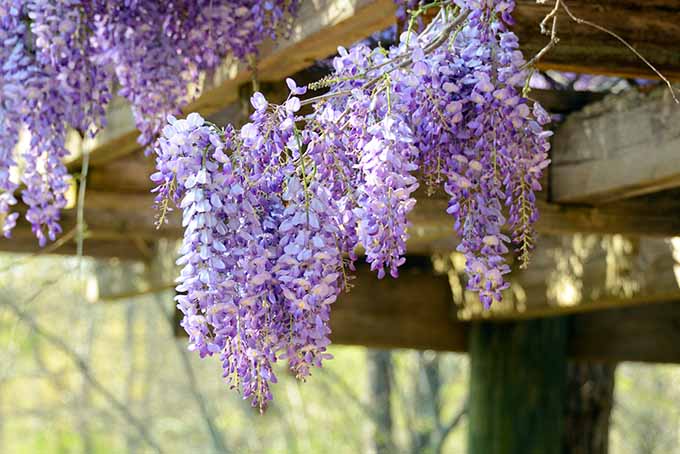
Other kinds, such as clover and alfalfa, are valuable as green manure or fallow crops. Used in agriculture to aid with crop rotation, they fix nitrogen in the soil from their root nodules, and thus reduce the need to apply chemical fertilizers.
These flowering varieties are also beautiful cover crops for your own gardens at home.
So, by adding more of these to our diet, and in our backyards, we also have a positive effect on the environment – always a nice bonus!
Legumes can be herbaceous annuals, woody perennial vines, shrubs, and even trees – but only the seeds of a small number of these plants are actually consumed.
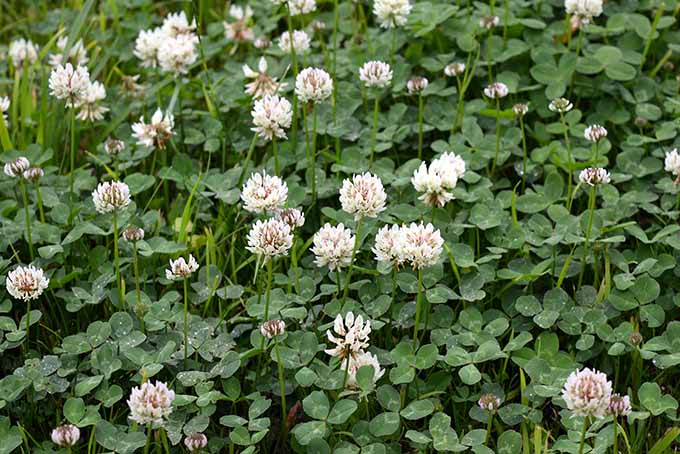
The most common edible legumes are beans, carob, garbanzos (chickpeas), lentils, mesquite, peanuts, peas, and soy.
Many different varieties of pulses are grown around the world. Beans, chickpeas, lentils, and peas source some of the more popular varieties typically sold in grocery stores.
Nutritional Value
With excellent levels of protein and fiber, pulses have high levels of important minerals such as iron, folate, phosphorous, and zinc, as well as B vitamins.
They also have very low amounts of fat. Soybeans and peanuts are not considered pulses, due to their much higher fat content.
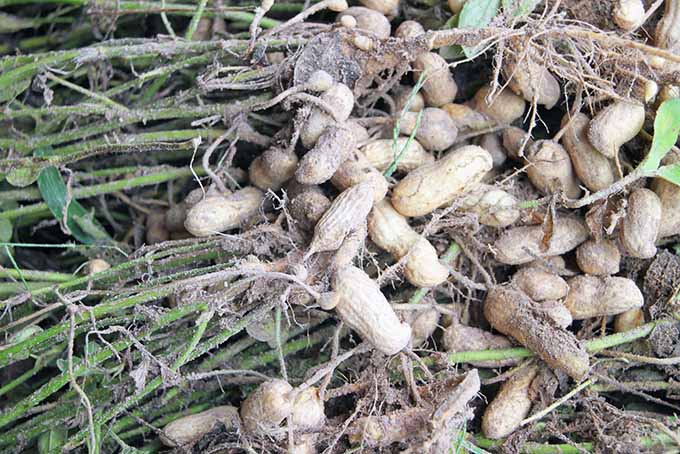
In 2014, a meta-analysis of pre-existing research on target groups with a high cardiovascular risk came to some interesting conclusions.
Their findings suggest that just one daily serving for only a three-week period significantly reduced LDL cholesterol levels.
In addition, studies have shown that dried beans, lentils, and so on have a low glycemic index, and regular consumption is a good way to manage blood sugar levels – which is particularly important for people with diabetes.
Several health organizations around the globe, such as the USDA, the HHS, Health Canada, and the British Nutrition Foundation, recommend eating legumes and pulses for overall good health.
They help to minimize saturated fats in the diet, and to assist in the prevention of chronic disease such as cancer, diabetes, and heart disease.

Their recommendations include the regular consumption of a variety of black beans, black-eyed peas, garbanzo beans (try them in our recipe for roasted spicy chickpeas!), kidney beans, lentils, lima beans, pinto beans, and split peas.
Fiber
An excellent source of fiber, these bite-sized goodies contain high levels of both soluble and insoluble fibers.
Soluble fiber helps to regulate blood sugar levels and decrease unhealthy LDL cholesterol. And insoluble fiber aids with digestion and regular elimination.
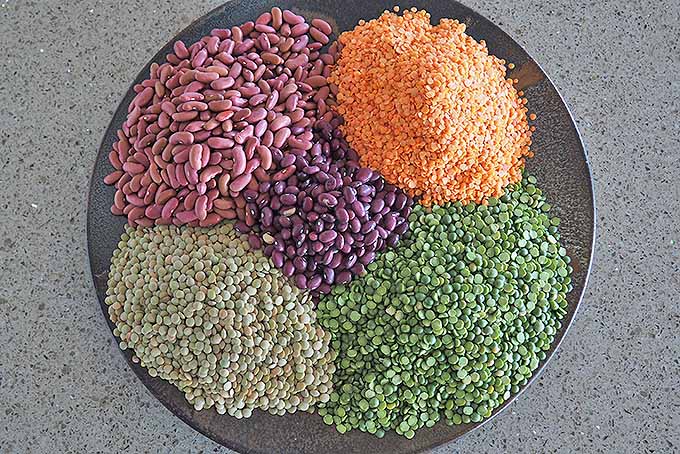
The recommended daily amounts of fiber are between 21 and 25 grams for women, and between 30 and 38 grams for men.
Just 1/2 cup of pulses contains 7-17 grams of fiber, making them a healthy food choice for this important dietary component.
Dried peas have 26 grams of fiber, kidney beans 25 grams, chickpeas 17 grams, and lentils 8 grams.
Just be sure to follow our tips for cooking dried legumes to prevent an embarrassing side effect from alllll that fiber: gas!
Protein
Dried legume seeds also contain high amounts of protein, with 6 to 25 grams in 1/2 cup.
Dried peas have 25 grams of protein, kidney beans 24 grams, chickpeas 19 grams, and lentils 9 grams.
These quantities are about twice the amount of protein found in whole cereal grains such as barley, oats, rice, and wheat.
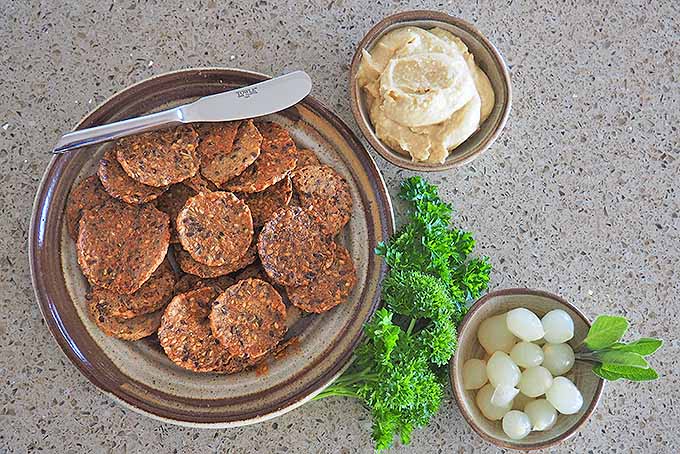
Since pulses have large amounts of the amino acid lysine, mixing them with the grains listed above provides a higher amount of protein, as the cereal grains typically have higher levels of the amino acids methionine and cysteine.
This is an important consideration for those who rely on plant-based proteins in their daily diets, such as those that follow a vegan or vegetarian diet.
For more information on obtaining protein from vegetarian sources, I recommend you pick up a copy of Frances Moore Lappe’s book “Diet for a Small Planet.”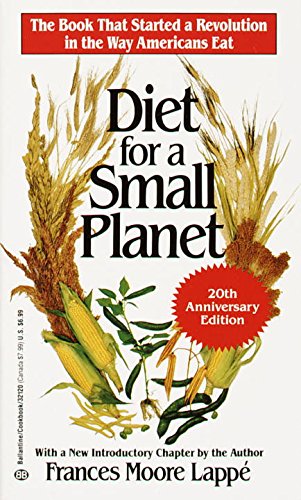
Read all about recipes featuring meatless food combinations that are protein-rich, healthy, and delicious! This book is available on Amazon.
Choosing and Storing
When purchasing these products, choose ones that have bright colors with a smooth, clear appearance.
Dried, they can be kept in a tightly sealed container in a cool cupboard for several years, but are best if used within one year of purchase. The longer they’re stored, the drier they become – which not only increases cooking time, but also reduces their nutritional content and minimizes flavor.
In the Kitchen
Legumes can be used in a variety of forms for cooking and baking. Look beyond simply adding them to the old standards of soups and stews, and use these versatile ingredients in other dishes!
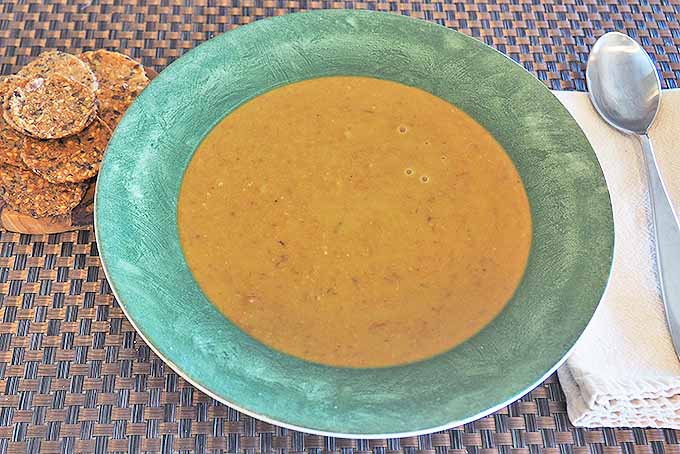
But they’re delicious in those too, of course! Try this spicy vegetarian chili, savory Argentine lentil stew, or turmeric red lentil stew with kale, and see for yourselves!
The seeds can be used whole or split, and are also ground into fiber, flour, protein powders, and starches. You can read all about gluten-free garbanzo bean flour right here.
Many dried beans can also be used as a healthy substitute for butter and oil in baked goods.
For baking recipes that use butter, substitute an equal amount of cooked, whole beans, then mash them until they form a thick paste before adding to your recipe.
As an oil substitute, use an equal amount of bean puree. Make the puree by blending cooked beans in a food processor along with a small amount of water. Blend until the puree is about the same consistency as pancake batter.
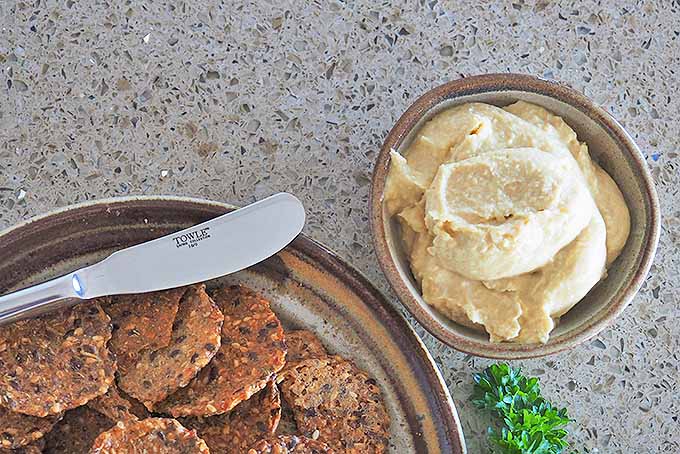
You can also whip up hummus variations and serve with some healthy baked crackers to enjoy the protein punch of combining pulses with whole cereal grains.
Cooking with Dried Pulses
As their coats do not easily absorb water, dried chickpeas, beans, and whole peas should all be soaked before cooking, using 3 cups of water for every 1 cup of them.

However, lentils and split peas do not require soaking and need only a rinse in cool, running water prior to cooking. Our vegetarian shepherd’s pie is a perfect recipe that uses lentils, and you’ll love our chicken split pea soup.
Always remove any discolored, broken or shriveled ones prior to soaking or cooking. Be on the lookout for pebbles and small stones, as well, especially in lentils. No one wants to bite down on a hard rock!
Pulses can be soaked in one of three ways:
Long Soak
Soak overnight, or for at least 12 hours, covered in the refrigerator. Try this method in our recipe for rice and beans.
Quick Soak
In a large pan, bring dried pulses and water just to a boil. Lower the heat, and boil gently for 2-3 minutes.
Remove from heat, set aside and cover, then let stand for one hour.
Microwave Soak
Mix the pulses and water in a glass dish and microwave on high for 10-15 minutes. Remove, cover, and let stand for one hour.
After soaking, discard the water and rinse in a sieve with cool water.
Canned Pulses
Canned varieties are very convenient because they’re already cooked and can be added to any recipe as is.
To reduce the amount of sodium typically found in canned varieties, drain in a colander and rinse well in cool, running water.
Are you a fan of canned chickpeas? Don’t throw out that aquafaba, the chickpea liquid left in the cans! It’s a great alternative to eggs, and you can use it in our recipes for egg-free mayonnaise and meringues.
Power Plus
No matter what you call them, these versatile seeds have an impressive nutritional profile, and they add delicious flavor and texture to numerous dishes.
Long-lasting and budget-friendly, they also make a sound ecological choice that reduces our shopping-buggy footprint.
And when you mix all of these powerful pluses together, it’s easy to see why it’s a good idea to add more pulses to our diet!
A little sensitive to this food product?
If your tummy suffers after consuming pulses and legumes, you might need to alter your daily diet. Read our article that explains a low FODMAP diet, and how you can make all the right changes for your digestion.
What about you folks – any favorite ideas for these healthy seeds? Let us know in the comments below!
Don’t forget to Pin It!
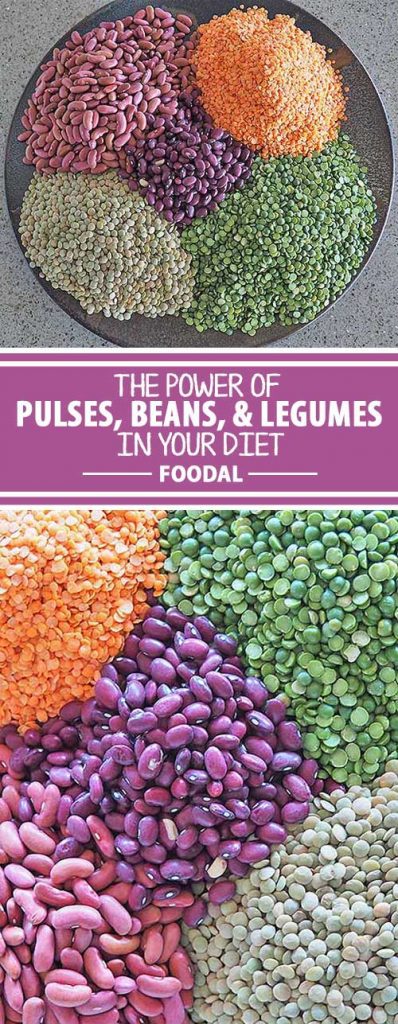
Photos by Lorna Kring, © Ask the Experts, LLC. ALL RIGHTS RESERVED. See our TOS for more details. Uncredited photos: Shutterstock.
The staff at Foodal are not medical professionals and this article should not be construed as medical advice. Foodal and Ask the Experts, LLC assume no liability for the use or misuse of the material presented above. Always consult with a medical professional before changing your diet, or using supplements or manufactured or natural medications.
About Lorna Kring
Recently retired as a costume specialist in the TV and film industry, Lorna now enjoys blogging on contemporary lifestyle themes. A bit daft about the garden, she’s particularly obsessed with organic tomatoes and herbs, and delights in breaking bread with family and friends.




Wonderful post! thank you so much for sharing this amazing post!
Cheers
Thanks geet, glad you enjoyed the post!
Very informative article, thank you so much for sharing this with everyone.